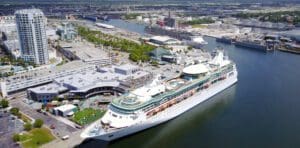
Event Recap: Leadership Tampa Bay – Ports & Transportation Day
Leadership Tampa Bay held its annual Ports and Transportation program day for the Class of 2022 in Tampa’s Channel District.
Learn from award-winning professionals — explore our whitepapers, blogs, and the latest industry updates.
Join our dynamic organization of engineers, land surveyors, landscape architects, environmental scientists, and architects!
Talk to a market leader today! We’ll answer any questions you have about our professional services.
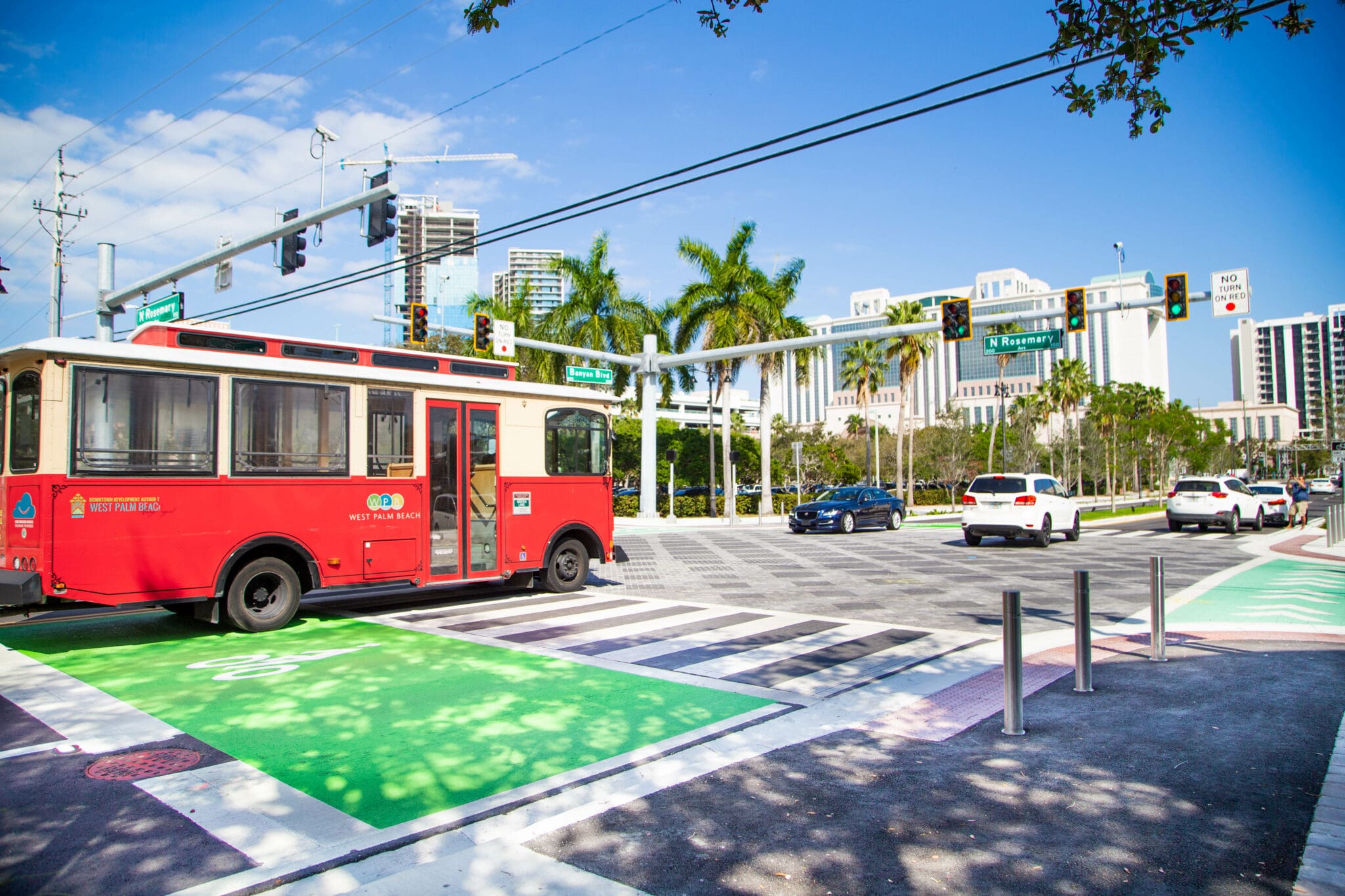
When West Palm Beach originally decided to update Banyan Boulevard, a main route into the city’s downtown, their plans were modest. The street was worn out, with cracked pavement and faded paint on roadways. Equally inadequate was the landscaping, which provided insufficient cover to protect pedestrians and bicyclists from the sun. In a tropical location like South Florida, which experiences intense heat for much of the year, shade isn’t just a nice amenity for pedestrians and bicyclists. It can be a matter of public health and safety.
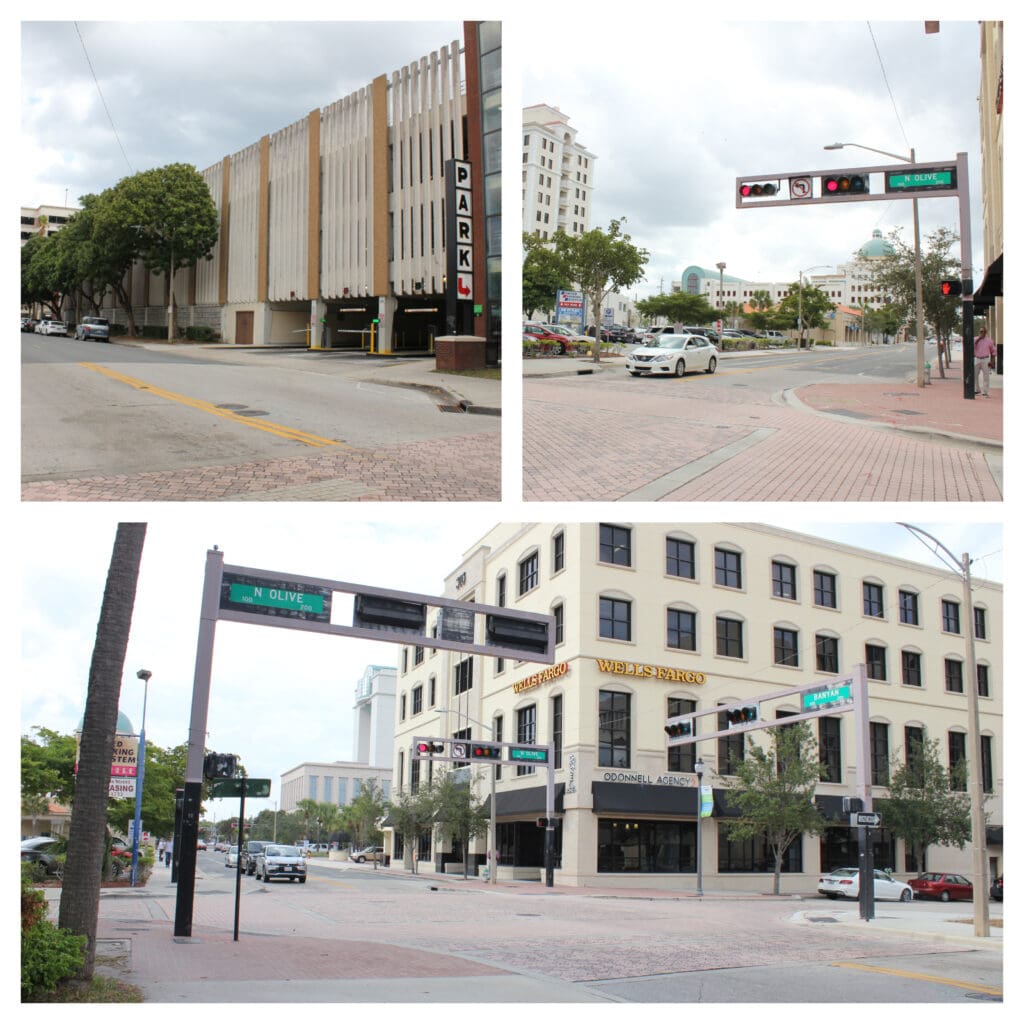
WGI was brought in early in the process, and our planners and designers soon realized that the original plans would fall short. In addition to the substandard road surface, bus stops along the roadway were dirty, worn out, and unwelcoming. Also, a continuous “suicide lane” down the middle of Banyan Boulevard created a dangerous situation for turning drivers, while exacerbating the heat island effect through its lack of green space.
Our designers and planners had a more attractive and useful vision for what Banyan Boulevard should look like. The City and CRA loved this vision and worked with us to pursue a state-of-the-art Complete Streets approach with safer roads, safer options for bicyclists and people using other alternative modes of transportation, new public transportation resources, and lush landscaping to make the entire area more pleasant and healthier.
The Banyan Boulevard upgrade was reimagined to provide a much more attractive and safer driving experience. WGI’s plan called for a more elaborate street design while still easily handling busy rush hour traffic to the nearby county courthouse, city hall, and government buildings. It also serves as a connector to West Palm Beach’s busy entertainment district on Clematis Street.
The “suicide lane” running down Banyan Boulevard was replaced with a landscaped median with shorter turn lanes interspersed throughout. This new design provides a much safer turning experience, while also adding green space to the road itself and reducing the heat island effect. Because the road is also a heavily used transit route, WGI’s design team had to work closely with Palm Tran to coordinate the implementation of this new design, assuring that local buses and other forms of transit could safely and conveniently travel along the new road. At the bus stop serving the West Palm Beach Police Station, which is one of the busiest stops, the WGI team worked with the city to enhance the plaza for the use of people using the bus system.
Traffic calming was also an important element of this project. WGI’s transportation design and planning team implemented several strategies to slow traffic and promote safe travel along Banyan Boulevard, including narrower driving lanes, narrowed turning lanes in the median, reduced corner turning radii, and tabled intersections constructed of pavers. The intersections and crosswalks were developed from the same types of pavers used on the parallel Clematis Street to provide a standard look throughout downtown.
Another safety element was the elimination of right turns on red lights. In addition to improving sight lines along the roadway, this planning strategy also provides a safer riding experience for bicyclists. Additionally, new streetlights were installed on the previously unlit corridor to provide a safer experience for all users.
In fact, promoting pedestrian and bicycle traffic is an important element of the new Banyan Boulevard design. One way this was accomplished was by taking the extra space that was created by narrowing driving lanes and using that space to create elevated bike lanes. These dedicated elevated bike lanes provide a much safer experience by separating bicycles from vehicles. In addition to elevating these lanes, the design team also used landscaping to separate vehicles from bike lanes. Finally, because the bike lanes and sidewalks were built with flush curbs at intersections, ADA ramps weren’t needed—and bicyclists and pedestrians don’t have to deal with the aggravation of constantly moving up and down when they come to intersections and driveways. This detail was also used at driveways to provide a smooth uninterrupted ride for cyclists.
Landscaping played an important role in promoting pedestrian traffic. Prior to this project, the street didn’t offer much tree cover. In a city like West Palm Beach, which is warm and sunny much of the year, tree cover plays an important role in protecting pedestrians from the sun. It’s not just a matter of comfort; it’s also an issue of public health. If people, particularly the elderly, are exposed to the heat of the tropical sun for too long at once, their health and wellness can be adversely affected. This was addressed by retaining existing black olive trees, the only mature shade canopy on the corridor, while also adding live oaks and royal poincianas throughout the area. Together, the canopies of these trees provide shelter from the sun, and the combination of trees and shrubs provides a more pleasant experience and reduces the heat island effect.
WGI’s team paid particularly close attention to landscaping. Structural soil and/or soil cells were used for the trees planted in constrained areas to give their roots room to grow. The landscaped areas also include rain gardens, comprised of native ground covers like frog fruit, mimosa, iris, and cocoplum, which drain water off the road and control water ponding during heavy rain events. In addition to providing a much more pleasant environment, and eliminating the use of high-maintenance sod, these rain gardens quickly remove stormwater off the road and saved the city money by eliminating the need to provide additional drainage structures.
These new pedestrian and bicycle features have been very popular. In fact, prior to this project, very few people rode bicycles along Banyan Boulevard. Now, bicyclists and scooter riders can be seen using the dedicated lanes daily and bicycling along the boulevard has dramatically increased.
The City of West Palm Beach showed great foresight in expanding their vision for Banyan Boulevard. From an originally modest plan to repave the busy street, the city worked closely with WGI’s designers and planners to create a project that would ultimately reshape this section of West Palm Beach’s downtown area.
Phase one of this development program is completed and the change has been extraordinary. Phase two, which is already designed, is set to break ground in the coming year. This phase is designed to encourage and respond to private development in the area north of downtown, and the corridor has attracted the interest of local developers who are looking to develop new housing, offices, and other types of development.
For a project that was initially planned as a simple repaving project, the end result is truly impressive. WGI’s redesign of the Banyan Boulevard project has created a safer, more enjoyable, and more attractive driving, riding, and walking experience. And it’s also driving new development throughout the area, including in neighborhoods that haven’t enjoyed significant development in recent years.
The Banyan Boulevard project has truly transformed downtown West Palm Beach.

WGI is a national design and professional services firm leading in technology-based solutions for the construction of public infrastructure and real estate development. At WGI, we’re providing Tomorrow’s Infrastructure Solutions Today.

Leadership Tampa Bay held its annual Ports and Transportation program day for the Class of 2022 in Tampa’s Channel District.

Is the high cost of providing an excellent passenger journey negatively impacting your ability to fund that journey?

On this episode of WGI Unleashed, we get to know Hang Masterson, Studio Manager for our Landscape Architecture team in the West Palm Beach, FL office.
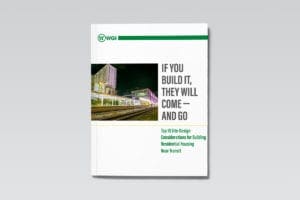
Don’t let your next TOD project flop. WGI has the top 10 site-design considerations for building residential housing near transit and the expert team to ensure your TOD project is a success!
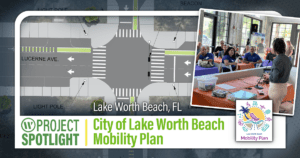
Discover how WGI’s Lake Worth Beach Mobility Plan enhances infrastructure, safety, and accessibility through data-driven analysis and community engagement.
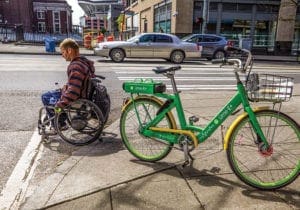
Micromobility has the potential to be an urban asset, but planners must act quickly to ensure people with disabilities are not left behind.
You’ve been searching for a place like WGI. We look forward to meeting you soon.
Sign up to receive emails to hear our latest news and achievements in our monthly newsletter.
Enter your zip code, and we’ll personalize your experience with local projects, office locations, team members, and more.
WGI supports its associates with meaningful opportunities for growth, strong benefits and perks, while we work collaboratively with clients and co-consultants to shape and improve communities.






WGI is a dynamic organization with opportunities nationwide for engineers, land surveyors, landscape architects, environmental scientists, and architects.